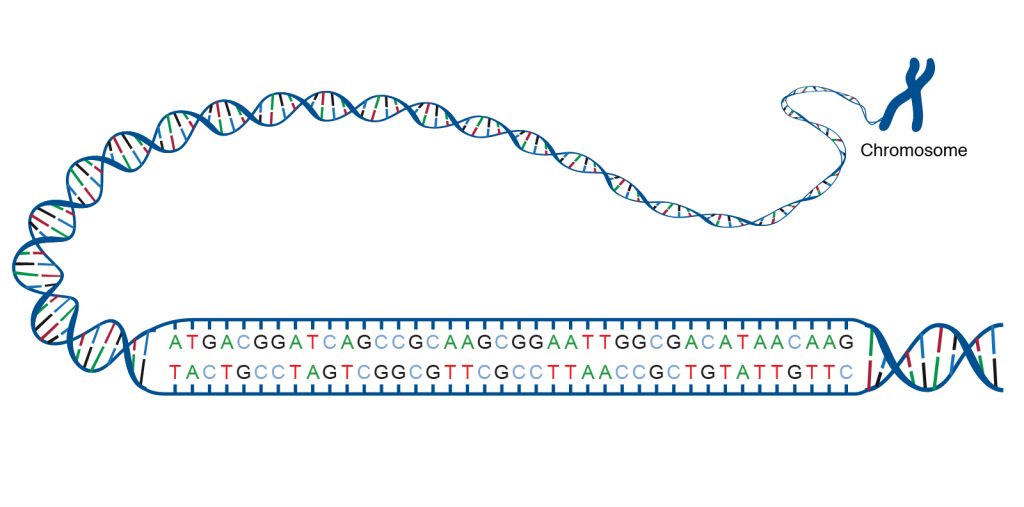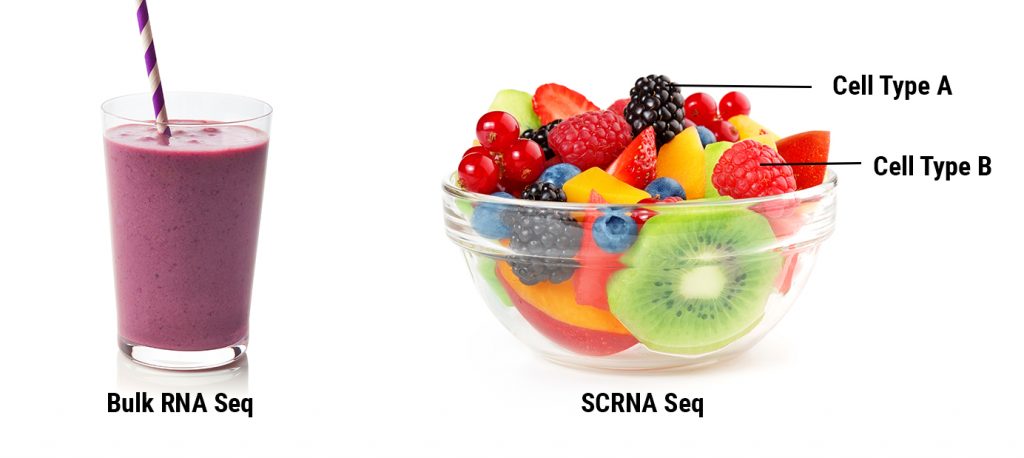Ahmed Mohamed: What Tools Do Researchers Use? A Quick Look at Next Generation Sequencing
In the field of Biology, you often come across fancy terms and complex concepts that may seem challenging to grasp, especially when you encounter them for the first time. However, today, I will provide a straightforward overview of one of the most cutting-edge technologies currently applied in various fields, including Molecular Biology, Immunology, Toxicology, Forensic science, Paleontology (study of ancient life), Neuroscience, Pharmacology and Environmental science.
We understand that our bodies express their characteristics, such as eye color, hair color, height, and even susceptibility to diseases, through the genetic information encoded in our DNA. The availability of different versions and the abundance of these genes contribute to variations in these traits, whether tall or short, diseased or healthy.
These genes are composed of smaller units known as bases. There are only four types of bases: Adenine (A), Guanine (G), Cytosine (C), and Thymine (T). These bases are connected to each other in a specific sequence to form the gene sequence. Genes, in turn, are connected to one another to create the DNA structure, which, when further linked, forms chromosomes as depicted below. If we determine the order of the bases (A, G, C, T) in the gene sequence, we can predict the characteristics of our bodies and even our state of health.

Next Generation Sequencing
Next Generation Sequencing is the technique that is currently revolutionizing the medical field. It can be applied in various ways, yielding different outcomes depending on the specific need. This technique can identify and quantify the small molecules (genes) inside the cells. The key factors in this technique are what you are measuring and how you are measuring it.
To illustrate this, imagine your body as a complex orchestra where each musician represents a cell and the way they play the notes represents genes. These genes play a crucial role in determining your health and how your body responds to different situations. The health status, in this case, is reflected by the performance of the orchestra. If they play well, the body is healthy; if they play poorly, the body suffers from a disease.

Types of sequencing
Now, you can take a few approaches to evaluate how the orchestra performs:
- You can focus on the entire orchestra and listen to it as a whole to understand what all the musicians (cells) are playing (genes).
- You can focus on the signals (miRNA) from the conductor of the orchestra, guiding the musicians (cells) on when and how to play (genes).
- You can focus on each musician (cell) in the orchestra separately, seeing what role they play and how they do it (genes).
Each of these approaches can evaluate the orchestra (body) in different contexts. Let’s rephrase and take another look.
With approach number 1, we get something called bulk RNA sequencing. It’s called “bulk” because we evaluate the entire orchestra at once without distinguishing who performs well and who performs poorly. This application is useful for determining the presence or absence of a disease without delving into the specific causes.
With approach number 2, we get bulk miRNA sequencing. Again, it’s called “bulk” because we examine all the signals from the conductor guiding all the musicians. This method provides a more detailed understanding of the disease. It can help determine if the orchestra’s poor performance is due to incorrect signals from the conductor (miRNA).
With approach number 3, we get single cell RNA sequencing. This is akin to using a super-powered microscope to scrutinize each musician (cell) in the orchestra separately, observing their roles (genes). This approach is more effective at obtaining detailed information about which elements are responsible for the orchestra’s poor performance. It can pinpoint precisely where the disease begins.
Another analogy to visualize the differences between bulk RNA sequencing and single cell RNA sequencing is comparing a smoothie to a basket of fruit. Smoothie is like bulk RNA sequencing; it gives you the taste of the blended fruit mix. On the other hand, a basket of fruit of fruit is like single cell RNA sequencing; it gives you the taste and identity of each fruit separately.

All of these approaches bring us closer to the realm of precision medicine or personalized medicine. By applying this technique with previous approaches to each individual, we can identify the specific problem and its location. Subsequently, we can offer a tailored treatment approach that is specific to the defined underlying conditions.
Application
In my project, we investigate the impact of acute air pollution exposure on human immune cells and diseases like Alzheimer’s. To do so, we collect a group of immune cells known as peripheral blood mononuclear cells (PBMCs) from volunteers before and after they are exposed to diesel exhaust. We employ Next Generation Sequencing in the three contexts and compare how the musicians (immune cells) play (genes) before and after the diesel exhaust exposure. This provides insights into how pollution affects the immune system and its potential contribution to diseases like Alzheimer’s.
It is important to use multiple approaches and resolutions because within a group of immune cells, some may be more resilient to pollution while others might be more affected. By studying each cell individually, we can pinpoint the specific cells and genes most affected by pollution, thus providing a more detailed picture.
In summary, bulk RNA sequencing is like listening to the entire orchestra to understand gene behaviour, miRNA sequencing is like monitoring the conductor’s signals that control the genes, and single cell sequencing is like closely examining individual musicians to see how they react and play. These techniques enable researchers like me to investigate how acute air pollution affects human health at a genetic level, providing valuable insights into diseases like Alzheimer’s.
Ahmed Mohamed works as a doctoral researcher in the Neuro-Innovation PhD programme. He is doing his PhD at the Neuroinflammation research group on air pollution.